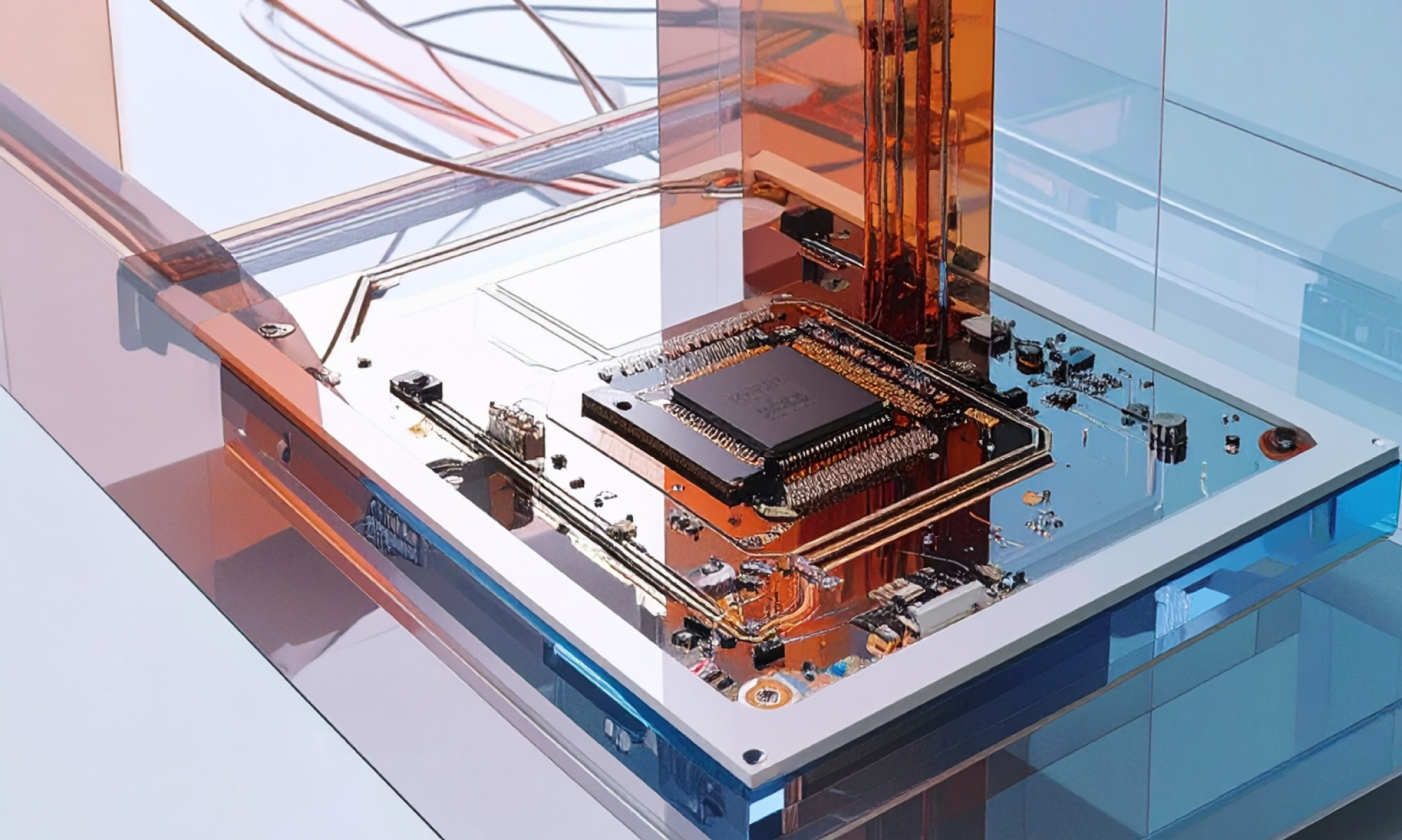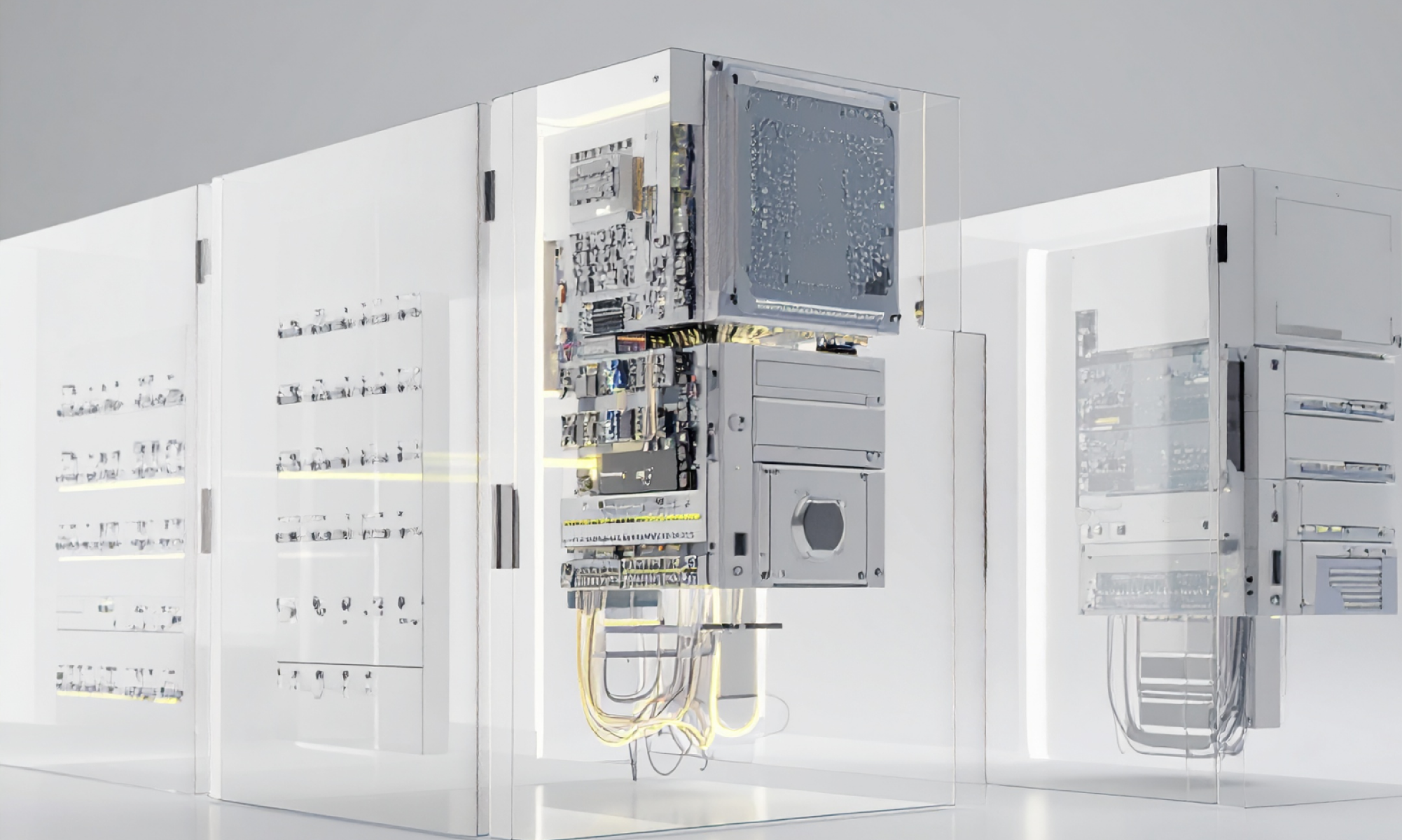AI
our blog
Practical AI: Getting More Value from Small, Right Sized Models

For many businesses, AI still feels abstract. There is a lot of noise about huge models and complex infrastructure that do not translate to everyday work. You do not need the biggest or most advanced model to get real value. Smaller, right sized models are often the ones that make AI practical and reliable.
Speed has a direct impact on how people use AI. If a model responds slowly, it disrupts the flow of work. Smaller models respond faster and feel more natural to use. They are also easier to run inside your own environment which helps when you are working with sensitive information.
Cost is another area where right sized models help. Large models can be powerful but they can also drain a budget quickly. Smaller models make it easier to understand what each action costs. You can reuse results where it makes sense and save your premium model calls for moments that really need them. This keeps spending predictable and easier for teams to plan.
Reliability is just as important. When AI becomes part of a workflow, teams lose confidence if it times out or behaves unpredictably. Smaller models are usually more stable, easier to monitor and simpler to update. They also use far less energy which can make your setup more sustainable as it grows.
Real progress comes from getting the basics right. Clean data, clear workflows and a good user experience will always matter more than tiny improvements in accuracy. Once things work well for the business you can optimise or scale up later.
At Studio Graphene, we help teams build AI that is practical from day one. We right size the stack, show the real cost per decision in plain pounds and help teams understand where speed and performance matter. Everything is designed to be clear, controlled and easy to scale.
Choosing smaller models is not cutting corners. Smaller, right sized AI works better, faster and smarter for your organisation. It reduces risk, keeps costs under control and helps teams adopt AI confidently, while focusing on real business outcomes.








